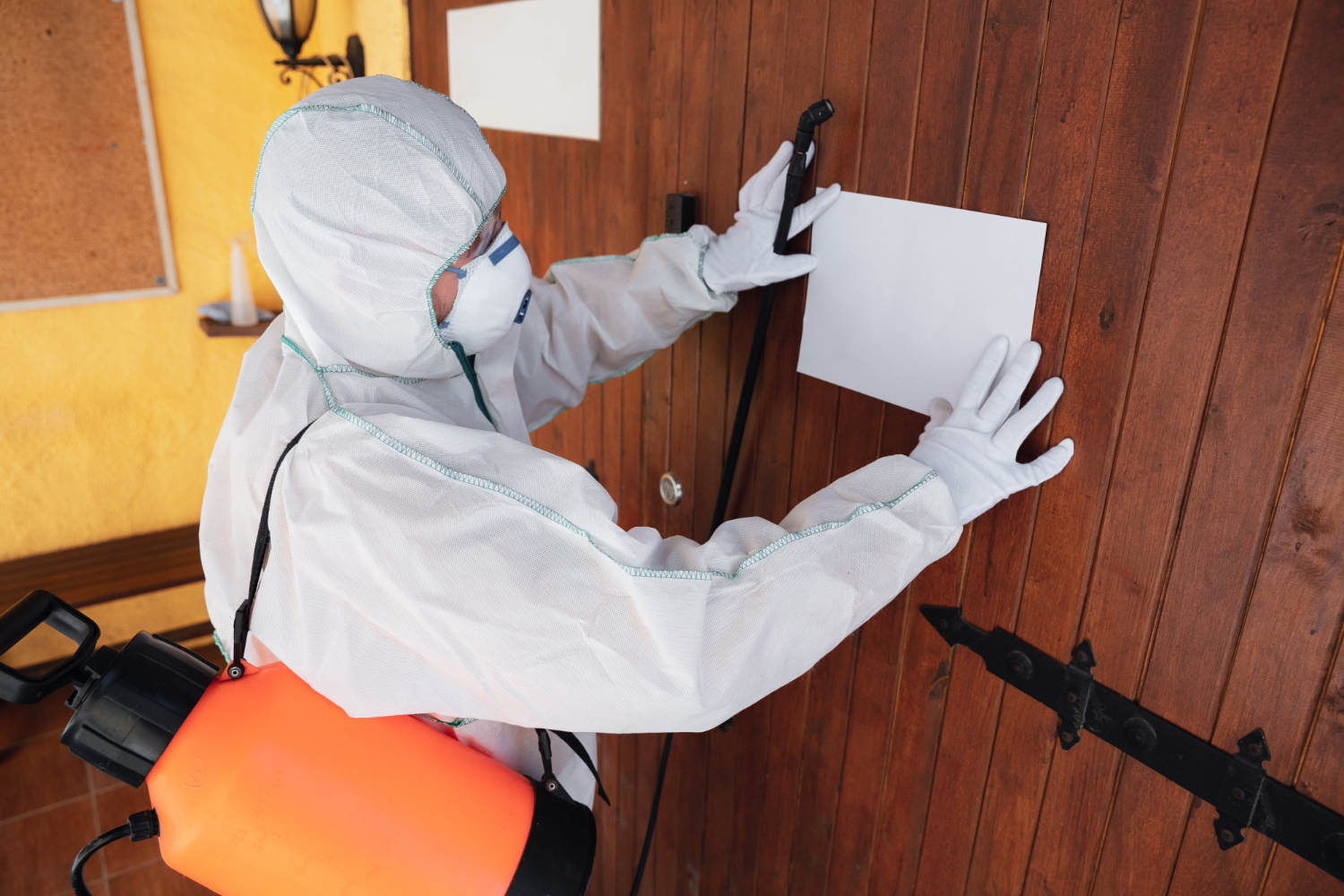 Key Takeaways:
Key Takeaways:
- Recognizing and understanding termite biology is essential for preventing infestations.
- Natural termite prevention options can be just as effective as chemical treatments.
- Innovative building designs and materials contribute to termite-resistant structures.
- Professional termite control services that focus on environmental sustainability are available.
- Community efforts and new technologies are promising avenues for future termite management.
Increasing environmental awareness makes pursuing eco-friendly termite prevention strategies more crucial. Beyond merely avoiding structural damage, there is a broader commitment to preserving the intricate balance of our ecosystems. Forward-thinking homeowners and communities are turning to sustainable methods for termite control, favoring approaches that respect and protect the environment. This article delves into various natural and innovative techniques for deterring these wood-feasting pests without relying on harsh chemicals.
Table of Contents
- 1 Understanding Termite Behavior and Risks
- 2 Prevention Techniques for Homeowners
- 3 Eco-Friendly Termite Control Options
- 4 How Building Designs Can Deter Termites
- 5 Collaborating with Professionals
- 6 Regulatory Considerations and Compliance
- 7 Community Role in Termite Prevention
- 8 Case Studies: Successes in Sustainable Termite Management
- 9 Future Innovations in Termite Prevention
- 10 Conclusion and Best Practices
Understanding Termite Behavior and Risks
While termites fulfill a crucial ecological role by decomposing decaying plant matter, they can pose a significant threat to man-made structures. Understanding their behavior and biology is imperative for implementing effective strategies for termite control.
Timely detection is paramount in averting costly repairs. Familiarize yourself with standard indicators of infestation, such as mud tubes, wood damage, or termite swarms. Neglecting termite activity can result in severe consequences, including structural harm that undermines your building’s stability and requires extensive repairs.
To safeguard your home, stay alert for any signs of termite activity and promptly respond if you suspect an infestation. It’s highly recommended to enlist the help of a professional pest control specialist for effective termite management, as they have the knowledge and equipment required to eliminate these harmful insects efficiently. If you need guidance on how to identify a termite, consult reputable resources or experts in pest control.
Prevention Techniques for Homeowners
Combating termites before they can cause damage is the most environmentally responsible approach. For example, homeowners should take proactive steps like redirecting water away from the foundation, reducing humidity in crawl spaces, and keeping wood piles away from the house. Termites may find a less appealing environment as a result of these acts. Moreover, building structures can be secured by employing physical barriers such as metal termite shields and sand barriers that prevent termites from entering. However, these solutions should be part of a comprehensive preventive program that includes periodic inspections to monitor for signs of termite activity.
Eco-Friendly Termite Control Options
Several environmentally friendly termite treatment options have been developed in response to less chemically intensive pest control demands. Baiting systems have become popular among these due to their targeted approach and minimal environmental impact. These systems use cellulose-based baits, which, when ingested by termites, are shared throughout the colony, leading to its decline. Another effective biological option is the introduction of beneficial nematodes, microscopic roundworms that parasitize and kill termites. Using these natural predators provides control over termite populations and adds to the ecological balance in the treated surroundings.
How Building Designs Can Deter Termites
Architects and builders can contribute significantly to termite prevention through thoughtful design choices and termite-resistant materials. Constructing foundations with treated wood, concrete, or steel provides a durable barrier against termite intrusion. Additionally, careful architectural planning can minimize the contact points between wood and soil, reducing the risk of termites reaching the structure. Design considerations such as proper grading and metal termite shields can deter termite entry into a building.
Collaborating with Professionals
Securing the services of environmentally conscious termite control professionals can significantly enhance the efficacy of any preventative strategy. Such professionals can offer comprehensive inspections, customized treatment plans, and regular monitoring while ensuring the least possible environmental impact. They are trained to use Integrated Pest Management (IPM) strategies, which focus on long-term prevention through habitat manipulation, biological control, and resistant varieties of plants and materials. Engaging these experts not only protects your home but also supports environmental stewardship.
Regulatory Considerations and Compliance
Adhering to pest control regulations is not just about complying with the law—it also helps safeguard the environment. The Environmental Protection Agency (EPA) of the United States establishes rules to encourage the prudent use of pesticides and related goods. These standards serve as a benchmark for homeowners and professionals, ensuring that termite management practices do not harm people, non-targeted species, or the broader ecological system. By remaining knowledgeable and compliant with these standards, individuals and businesses may help create a more sustainable and healthy environment.
Community Role in Termite Prevention
A collective approach is often necessary for the effective management of termite populations. Neighborhood associations, community groups, and local environmental organizations can all play a role in spearheading education and awareness campaigns. They can organize workshops that equip residents with the knowledge to spot and address termite issues promptly and sustainably. Community-wide initiatives can also lead to shared solutions, such as coordinated treatment days, which can reduce the overall termite threat in an area, demonstrating the power of cooperative environmental responsibility.
Case Studies: Successes in Sustainable Termite Management
Analyzing real-world examples provides invaluable insights into the practical applications of eco-friendly termite control techniques. Success stories can highlight the strategies and methods that effectively minimize termite impacts while prioritizing ecological integrity. Resources like Entomology Today offer a wealth of information on current research and case studies, illustrating the progress in green termite management practices, which benefits homeowners and environmental advocates.
Future Innovations in Termite Prevention
As environmental concerns continue to drive innovation, the future of termite prevention looks promising. Researchers are exploring new methods focusing on sustainability and minimizing ecological disruption—from novel biological treatments to innovative detection technologies. Such advances aim to provide non-toxic, effective termite management solutions, making it easier for homeowners to protect their properties in an eco-friendly manner.
Conclusion and Best Practices
Pursuing environmentally sustainable termite management practices is paramount in protecting our homes and the planet. By thoroughly understanding termite behavior, employing preventive techniques, considering building design, collaborating with experts, adhering to regulations, participating in community efforts, and staying abreast of future innovations, we can make strides toward greener termite control. Adopting these best practices not only mitigates the risk of termite damage but also contributes to the welfare of the ecosystem at large.
Finally, as regulatory standards evolve, it is essential to remain informed about the latest guidelines and compliance measures. The United States Environmental Protection Agency remains a trusted resource for information on pesticide regulations and environmentally responsible pest control strategies.







